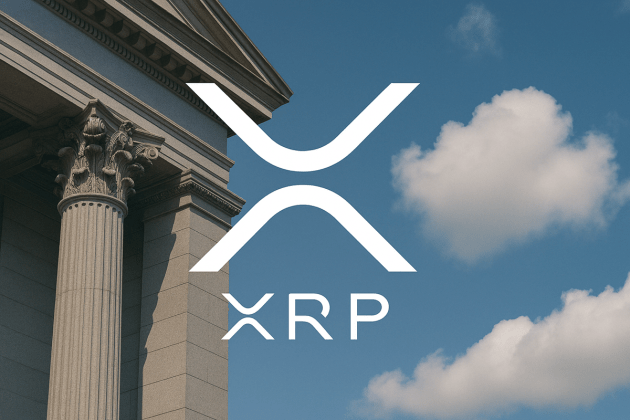The crypto market, characterized by its dynamic ecosystem, continues to exhibit a strong interest in new projects. Reports indicate that coin listings on high-volume exchanges such as Binance and Bybit increased by a cumulative 11.6% to 2,066 in the first six months of 2024. Unsurprisingly, this figure is more than the whole of 2023.
Moreover, the increase in the number of tokens listed on low-volume exchanges exceeded 32%. In addition to the growing diversity of newly listed tokens, there has been a notable rise in both interest and total trading volume for memecoins. Originating from internet memes, memecoins are cryptocurrencies with humorous or satirical themes.

Total trading volume of Memecoins. Source: Dune Analytics
Despite a decline in non-fungible token (NFT) sales, political and animal-themed memecoins have seen a significant increase in trading volume. As of June 2024, memecoin transaction volume exceeded the $50 billion mark.
From a user perspective, there are two main options for trading these trendy tokens: centralized and decentralized exchanges. Both types of platforms have their pros and cons.
Centralized exchanges (CEXs) act as intermediaries between crypto buyers and sellers, facilitating transactions by holding digital assets on behalf of customers. Despite their ease of transaction, CEXs generally restrict holders of memecoins or post-launchpad tokens to spot markets where transactions settle instantly. In other words, access to advanced derivative options that are commonly available on CEXs, such as leveraged trading, is highly limited.
In contrast, decentralized exchanges (DEXs) support direct peer-to-peer (P2P) transactions, offering a more open environment for users. Built on non-custodial blockchain systems, DEXs allow users to maintain control over their funds without relying on a central authority, thus reducing counterparty risks.

Nevertheless, DEXs have certain limitations. While blockchain-based smart contracts offer self-custody and transparency, DEX user interfaces are often complex and require a higher level of technical understanding. Additionally, DEXs typically lack advanced spot trading features such as dollar-cost averaging, limit orders and stop-loss orders, which are commonly found on CEXs.
Users need advanced trading tools on DEXs
Reflecting an important step toward the democratization of financial markets, DEXs are producing more inclusive models through ongoing research. Some protocols go beyond allowing users to avoid traditional intermediaries by interacting directly, offering advanced trading options.
For example, Primex Finance, a non-custodial protocol for spot margin trading, offers trader tools and interfaces similar to those found on CEXs, making the trading experience user-friendly and efficient.
The platform connects lenders with traders, allowing traders to increase their trading power with leverage on popular DEXs like Uniswap, PancakeSwap, SushiSwap, Curve, Balancer and many others. To offer safe and sustainable decentralized leveraged trading, Primex gives its users a variety of roles with different abilities and incentives.

Users take on various roles with specific capabilities and incentives. Source: Primex Finance
Lenders who earn rewards for providing assets to the platform support leveraged trading on Primex. When a trader opens a position, the trader’s deposit, together with the borrowed funds, is swapped to the position asset. The received tokens are kept in Primex smart contracts, collateralizing the debt.
When a trader decides to close their position, the liquidity is swapped back for the borrowed asset, and the debt is repaid along with interest. The trader then receives the remaining tokens.
Primex replaces traditional order books with a network of keepers. This decentralized method ensures that trades are executed fairly and protects users from issues like price manipulation, insider trading, fake volumes and wash trading. If the value of a position falls to a critical level relative to the debt, the decentralized keeper infrastructure automatically liquidates assets.
Traders on Primex can easily manage their trades using a variety of advanced tools on the platform. They can set up automatic actions like take-profit orders, which sell their assets when a target price is reached, and stop-loss orders, which sell to prevent further losses if prices drop.
Primex traders can also use limit orders to buy or sell at specific prices and custom slippage tolerance to control price differences during trades.
Supporting various assets via oracle-agnostic protocol
Primex addresses the significant challenge of creating an easy-to-use protocol that provides access to leveraged trading for assets previously unavailable for leverage trading. One of the main obstacles has been the limited number of assets supported by existing oracles.
In the blockchain world, oracles enable the interaction of smart contracts with real-world information. To overcome oracles’ limited support, Primex evolves as an oracle-agnostic protocol, capable of supporting various sources and a more extensive list of assets starting September 2024.
In addition to these advancements, Primex is integrating the “time-weighted average price (TWAP) oracle” to support a variety of DEX pools as price sources. The integration seeks to unlock the addition of even more assets for spot-leveraged trading by using price data directly from Uniswap and other DEXs without relying on oracles.

Primex offers a user interface reminiscent of CEXs. Source: Primex Finance
Primex also prioritizes improving the user interface to make the onboarding smoother. For this goal, the platform has developed interfaces similar to those found on CEXs and plans to introduce a Telegram mini-app. Additionally, a social login feature powered by Dynamic will enhance the user experience for both newcomers and experienced crypto users.
With future updates, Primex will implement account abstraction, allowing users to manage their funds with smart contracts. This new onboarding process addresses the crypto market’s challenges and poor user experience. It also simplifies Web2 users’ transition into the Web3 space without the steep learning curve of DeFi protocols.
Looking ahead, Primex plans to contribute to the evolution of DeFi by integrating new technologies and constantly improving the user experience. As the crypto market matures, the democratization of finance will enable more individuals to participate in and benefit from the digital economy, driving innovation and fostering financial inclusion on a global scale.
Disclaimer. Cointelegraph does not endorse any content or product on this page. While we aim at providing you with all important information that we could obtain in this sponsored article, readers should do their own research before taking any actions related to the company and carry full responsibility for their decisions, nor can this article be considered as investment advice.












